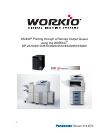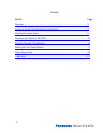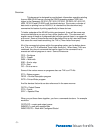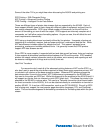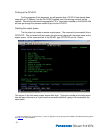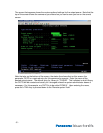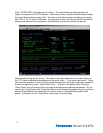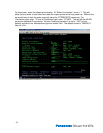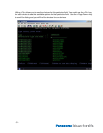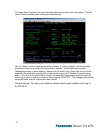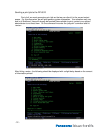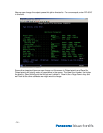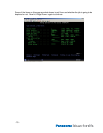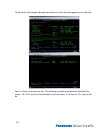
Some of the other TLA’s you might hear when discussing the AS/400 and printing are:
SCS Printing = SNA Character String
AFP Printing = Advanced Function Printing
IPDS Printing = Intelligent Printer Data Stream
These are different types of printer data streams that are supported by the AS/400. Each of
these support different types of data, along with different types of equipment and each has it’s
own unique characteristics. SCS has a limited number of commands, so this will limit the
amount of formatting you can do with the output. IPDS supports an extremely complex set of
commands, so it will allow various formatting options. As you can see, this will affect the end
result requirements dramatically.
SCS, being a simple data stream is primarily utilized by line printers. It supports a feature set
comprising of overstrikes, margins, sub and super-script text, underscores and the like. While
AFP data streams includes support for objects and text. This means it supports forms
processing, overlays and various additional fonts. It is generally known that IPDS printers
support AFP data streams as well.
Since IPDS is more complex, it supports both text and data as well as forms, fonts and overlays.
It also supports bi-directional communications between the OS and the printer. IPDS enabled
printers can supply various information such as job status, error recovery and reporting as well
as resource management of things such as fonts, forms etc.
Host Print Transform
For users who don’t need all of the advanced printing features of AFP and/or IPDS, or
who don’t want to spend the extra dollars required to obtain these more expensive printers, HPT
is included in all versions of the base operating system. Whereas IPDS printers process the
data stream after it’s sent to the printer, HPT’s data stream is processed on the AS/400 and
then sent to the printer as ASCII text. While this does add to the workload of the AS/400 itself, it
will support any printer that can interpret or print ASCII (plain text). This allows the printer to be
attached to the AS/400 in various ways. This can be a Twinaxial connection (dual coaxial cable
for direct connection to the AS/400), or it can be attached directly to a workstation or terminal or
another AS/400. Or it can be a LAN connection, such as our DP-35/45/6010. Since it is ASCII
that is being sent, support the most popular page description languages, PCL and PostScript,
exists. This can be advantageous for embedding commands for formatting data within the print
stream.
- 4 -



